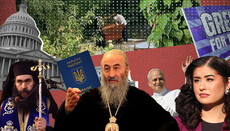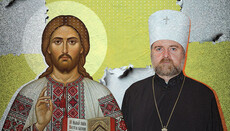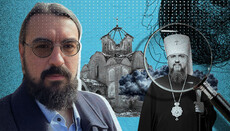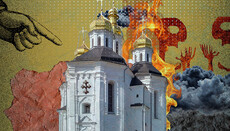Information on the OCU-UGCC merger: a trial balloon or “Overton window”?
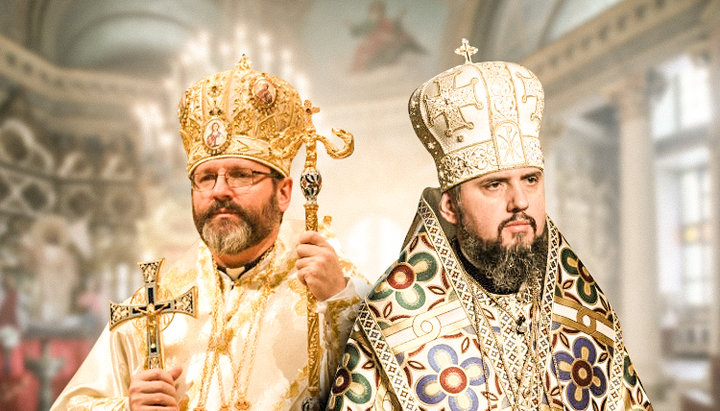
The Foreign Policy Research Institute reported receiving a grant from the EU for a survey on the OCU-UGCC merger, which was like a bombshell.
On June 3, 2020, the Foreign Policy Research Institute published a press release on its website reporting that the European Union had allocated a grant of 145,000 euros to study possible ways to merge the Orthodox Church of Ukraine (OCU) and the Ukrainian Greek Catholic Church (UGCC). The post was followed by some strange events. The very next day the Institute's management removed this information from the site and stated that it was a fake, published by an unknown hacker. However, that was not all. The next day, a new message appeared – that the hackers were just those who removed the original information about the survey. So what was that? Let's figure it out.
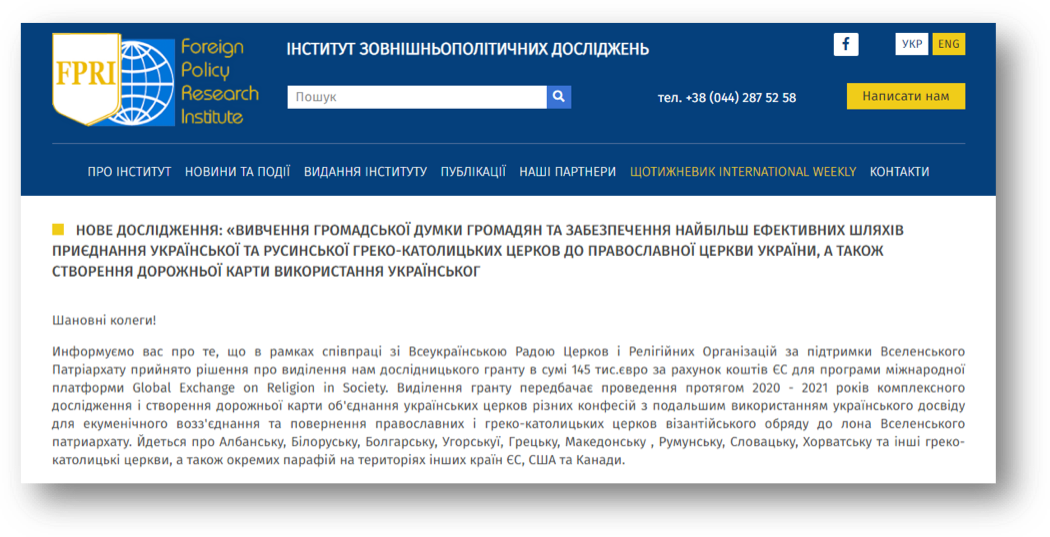
So, from the announced information of the Foreign Policy Research Institute, we learned that:
- The European Union allocated money not just for research but for the creation of a roadmap for the unification of the OCU and UGCC.
- It all goes under the patronage (support) of the Patriarchate of Constantinople.
- This association provides not only for the affiliation of the UGCC with the OCU but also the voluntary transfer of the parishes and property of the UGCC under the control of the OCU.
- In the future, this ingenious model, invented by the staff of the “Institute for Foreign Policy Studies”, will be used for "ecumenical reunification and return of the Orthodox and Greek Catholic Churches of the Byzantine rite to the bosom of the Ecumenical Patriarchate. It is about the Albanian, Belarusian, Bulgarian, Hungarian, Greek, Macedonian, Romanian, Slovak, Croatian, and other Greek Catholic Churches”.
- The attitude of Ukrainian society to all this will be studied.
It turns out that the staff of the Foreign Policy Research Institute, not the “hierarchs” of the OCU and the UGCC, know better how to overcome the four hundred-year alienation of Ukrainian Catholics of the Orthodox rite from the "bosom of the Ecumenical Patriarchate". It turns out that the UGCC, which has existed since 1596, should in fact disband itself and transfer all its parishes, along with all the property, under the control of the OCU, which is only more than a year old. And Sviatoslav Shevchuk, if to follow the logic, shall be placed under the authority of Epiphany Dumenko. And this model will also be used in other countries.
The first impression: if this is not nonsense, then what is nonsense. But if we analyze the statements of the participants of the alleged unification/merger, Patriarch Bartholomew, Epiphany Dumenko, and Sviatoslav Shevchuk, the conclusion may not seem so clear.
About half a year before the OCU was created, and Patriarch Bartholomew granted this structure the Tomos, the UGCC leader Sviatoslav Shevchuk stated: “The next step (following the creation of the OCU – Ed.) is the ecumenical dialogue between the UGCC and the united Ukrainian Orthodoxy towards restoring the original unity of this Church.” After the establishment of the OCU, he sent his congratulations to the newly elected leader Epiphany Dumenko, in which he called the creation of the OCU “God's gift” on the way to the “complete unity of the Churches of Vladimir’s Christianisation”. The congratulatory note said: "At this big moment, I extend my hand on behalf of our Church to you and all Orthodox brothers, inviting you to begin to pave together our way to unity, to the truth."
Epiphany Dumenko readily responded to this call and a few days later met with Sviatoslav Shevchuk personally. As a result of this meeting, he said: “We outlined a certain way of our future cooperation; and in the future, we will look for those points of contact that will unite us. This is in the field of spiritual education, in other areas of our being. Corresponding commissions will be created by our Orthodox Church and by the Greek Catholic Church, and together we will develop a roadmap for further cooperation.”
The position of the Patriarchate of Constantinople on the unification of the OCU and the UGCC was voiced by the former exarch in Ukraine, Archbishop Daniel (Zelinsky) in an interview with the BBC on January 11, 2019. In particular, he said that “the creation of the OCU is a certain preсondition for the dialogue between the Orthodox Church and the Greek Catholic and the search for ways to understand them”. And answering the clarifying question of the BBC correspondent: “When in 10 or 20 years the OCU becomes a patriarchate, is it possible that the UGCC will join this Church?”, the former exarch stated clearly: "I am sure it is quite possible."
Around the same time, the head of the UGCC Sviatoslav Shevchuk spoke on the unification process between Catholicism and Orthodoxy: "The Ecumenical Patriarch leads this process on the Orthodox side, and the Roman Apostolic capital – on the Catholic side," stressing that "no one but we, Ukrainians, need the universal unity of the Churches so much”.
Here are the statements of the “first persons” themselves, who, according to Sviatoslav Shevchuk, lead the process of unification. There are many such statements that the unification of Orthodoxy with Catholicism is not only inevitable but is also a matter of a rather near future. For example:
“The only thing the Catholic Church wants and what I seek as its head is unity with the Orthodox Church,” Pope Francis.
“The process of restoring unity between our holy Churches, sometimes slowly proceeding, sometimes encountering problems, is irreversible,” Patriarch Bartholomew.
And almost a year ago, Patriarch Bartholomew on the day of the celebration of the memory of the Holy Apostles Peter and Paul (according to the Gregorian calendar) sent a delegation with a message to the Vatican, in which he once again assured Pope Francis of his commitment to unification and his readiness to recognize the primacy of Rome. “The restoration of communion between our Churches remains our sincere hope, the main object of our prayers, and the aim of dialogue. <...> We reaffirm our commitment to our common progress towards the unification of our Churches."
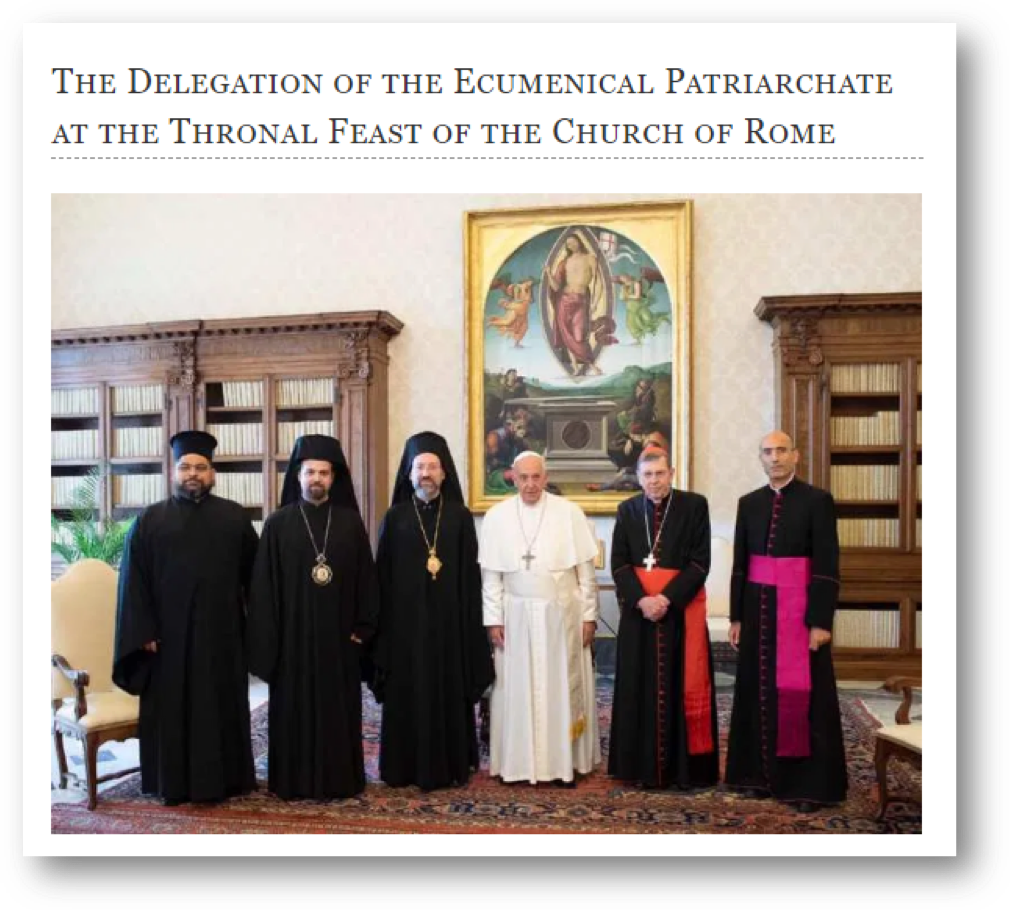
The Pope got so sentimental that he unexpectedly presented the relics of the Holy Apostle Peter to the delegation of the Ecumenical Patriarchate. As he later claimed, on a hunch from above.
Therefore, in the case of the information at the Ukrainian Foreign Policy Research Institute, no matter if it is fake or not, we see nothing but the Overton window technology. No matter whether it was done by hackers or somebody else, the information was thrown in to be discussed and gradually get used to the very idea of uniting the “Orthodox” with Greek Catholics.
In the case of the information at the Ukrainian Foreign Policy Research Institute, no matter if it is fake or not, we see nothing but the Overton window technology. No matter if it was done by hackers or somebody else, the information was thrown in to be discussed and gradually get used to the very idea of uniting the “Orthodox” with Greek Catholics.
Yes, the project entitled “Study of the public opinion of citizens and ensuring the most effective ways of joining the Ukrainian and Ruthenian Greek Catholic Churches in the Orthodox Church of Ukraine, as well as developing a roadmap for the use of the Ukrainian experience for the ecumenical reunion of Orthodox and Greek Catholic Churches of the Byzantine rite” is full of scandalous theses like the transfer of church property from the UGCC to the OCU, but in general, it sounds feasible. Considering the prospects for the unification of the Vatican and the Phanar, by which many wrongly take the unification of Catholicism and Orthodoxy, the Catholic Churches of the Eastern rite may well return to the "bosom of the Ecumenical Patriarchate". And this "Ecumenical Patriarchate" itself may recognize the primacy of the head of the Vatican. In this scheme, each participant can realize their interests and ambitions.
Thus, Ukraine is really becoming a ground for testing the model of the Vatican-Phanar unification. And the fact that a new union is apparently being prepared for 2025, when the 1700th anniversary of the First Ecumenical Council is celebrated, suggests that in the near future we will see many more interesting events and statements, at first absurd, but then quite feasible and viable.

